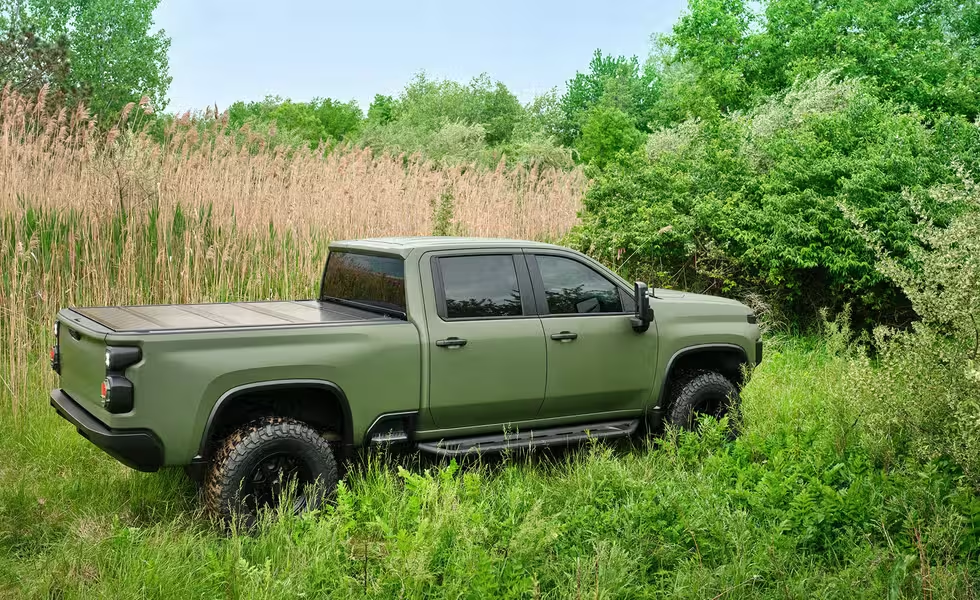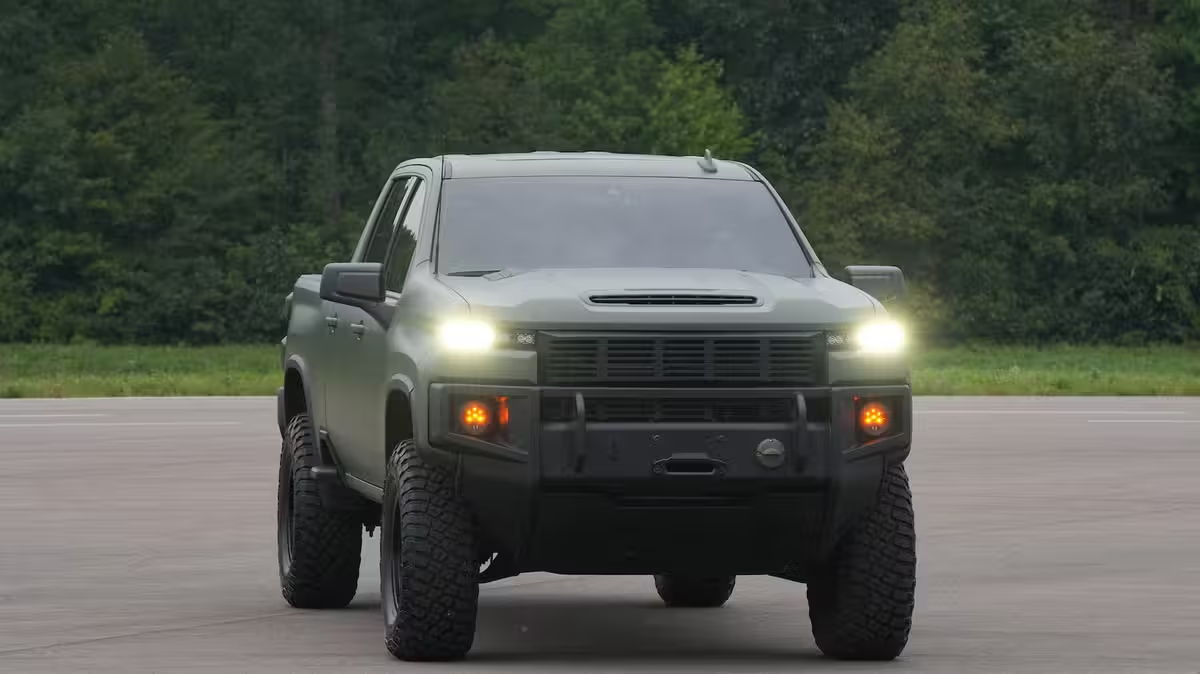5 Minutes
Secret Service seeks a low‑profile, off‑road protective vehicle
The United States Secret Service is working with GM Defense to develop a new class of multi‑terrain protective vehicles that can travel off‑road and blend into local traffic better than the agency’s current armored Chevrolet Suburbans. In an exclusive interview, Secret Service Director Sean Curran confirmed ongoing collaboration with GM Defense to create a purpose‑built platform that improves mobility, survivability, and discretion for protective operations around the globe.
Why change the fleet?
The Secret Service’s existing fleet revolves around armored Suburbans, pursuit SUVs and the presidential limousine commonly known as "The Beast." Those vehicles offer robust ballistic protection and presence, but they aren’t always the right fit for every mission. Curran explained the need for flexibility: terrain, threat environment, and operational requirements drive vehicle selection. In regions like parts of Africa where armored Suburbans are conspicuous, a lower‑profile, multi‑terrain solution would be a better match for close protection details.

From "Monster Garage" conversions to purpose‑built protection
Historically, government agencies often purchased civilian SUVs off dealer lots and retrofitted aftermarket armor — a process GM Defense president Stephen S. duMont has dubbed "Monster Garage" builds. Those conversions added substantial weight to vehicles not engineered to carry it, degrading acceleration, braking, suspension performance and fuel economy. Today’s approach is different: GM Defense and the Secret Service can co‑develop dedicated protective vehicles from the ground up, integrating armor, chassis, powertrain and electronic systems to maintain dynamic performance while meeting ballistic and blast protection requirements.
Possible platforms and vehicle specifications
While specific details remain classified, three likely directions are publicly discussed:
1) Infantry Squad Vehicle (ISV)‑style platform
- Based on a light, highly mobile architecture such as the Chevy Colorado ZR2.
- Emphasizes lightweight protection, high ground clearance, and off‑road capability (4x4 drivetrain, reinforced suspension, increased approach/departure angles).
- Suitable for fast convoy movement, quick ingress/egress and remote area operations.
2) Light Utility Vehicle (LUV) based on HD truck architecture
- Built on a heavy‑duty platform with higher payload capacity and modular armor integration.
- Prioritizes durability, towing capacity, extended range, and integrated communications and sensor suites.
3) A bespoke new platform
- A custom design could balance ballistic protection (including armored doors and ballistic glass), run‑flat tires, upgraded brakes and powertrain options tailored to the Secret Service’s mission profile.
Exact ballistic protection levels, curb weight and performance figures are not public, but modern protective vehicles aim to optimize payload, suspension tuning, braking systems and engine output so that acceleration, top speed and controlled stopping distances remain acceptable despite heavy armor.
Design and performance considerations
Design priorities will likely include a low‑profile exterior to reduce visibility in civilian environments, modular armor packages for mission flexibility, and interior layouts that support communications, medical equipment and passenger egress. Performance improvements over prior conversions are expected through integrated chassis engineering: reinforced frames, tuned multilink suspension, upgraded cooling, and stronger braking systems to offset the mass of armor while preserving handling and off‑road capability.

Market positioning and fleet implications
This development positions GM Defense as a supplier of tailored protective vehicles for federal agencies, moving away from aftermarket conversions to factory‑engineered armored platforms. For fleet managers, the trade‑offs include higher upfront procurement costs for purpose‑built vehicles versus lifecycle savings through improved durability, better fuel economy relative to improvised conversions, and reduced maintenance burdens. Purpose‑built protective vehicles also offer a higher degree of integration for communications, countermeasures and other mission‑critical systems.
Comparisons: armored Suburban vs multi‑terrain options
- Armored Suburban: excellent ballistic protection, substantial interior space and presidential detail pedigree, but highly conspicuous and less nimble off‑road.
- ISV/LUV or bespoke multi‑terrain vehicle: improved cross‑country mobility, lower visual profile, and mission‑adaptive configurations—potentially at the expense of some interior comfort and cargo volume.
What’s next?
The Secret Service is deliberately vague about which platform will enter service. Options include adapting GM Defense’s ISV or LUV designs, or designing a new vehicle tailored to protective missions. Regardless of the choice, the move signals a shift toward purpose‑built, off‑road capable armored vehicles that emphasize mix of ballistic protection, mobility, and stealth for modern protective operations worldwide.
Source: caranddriver


Leave a Comment